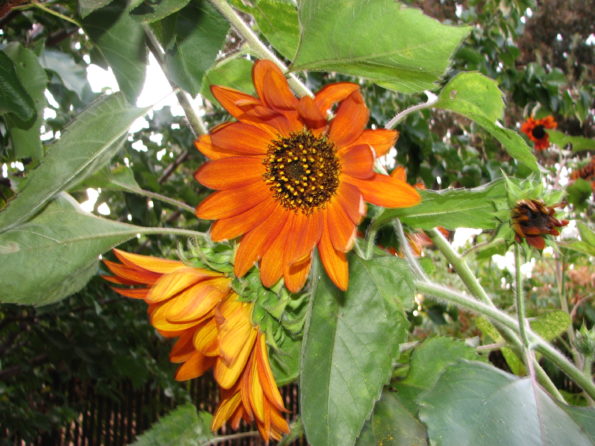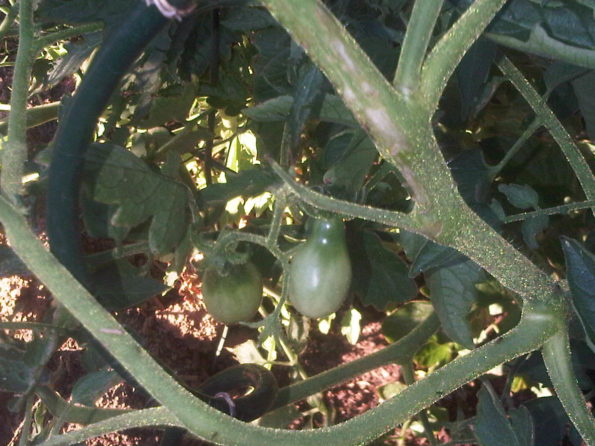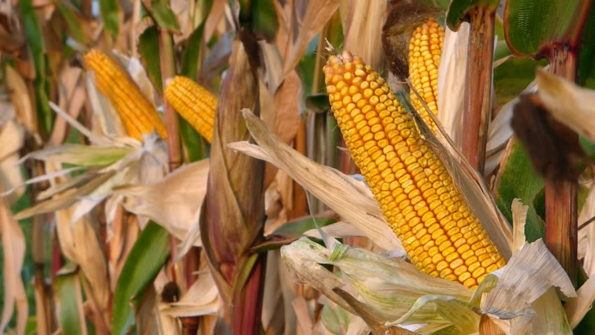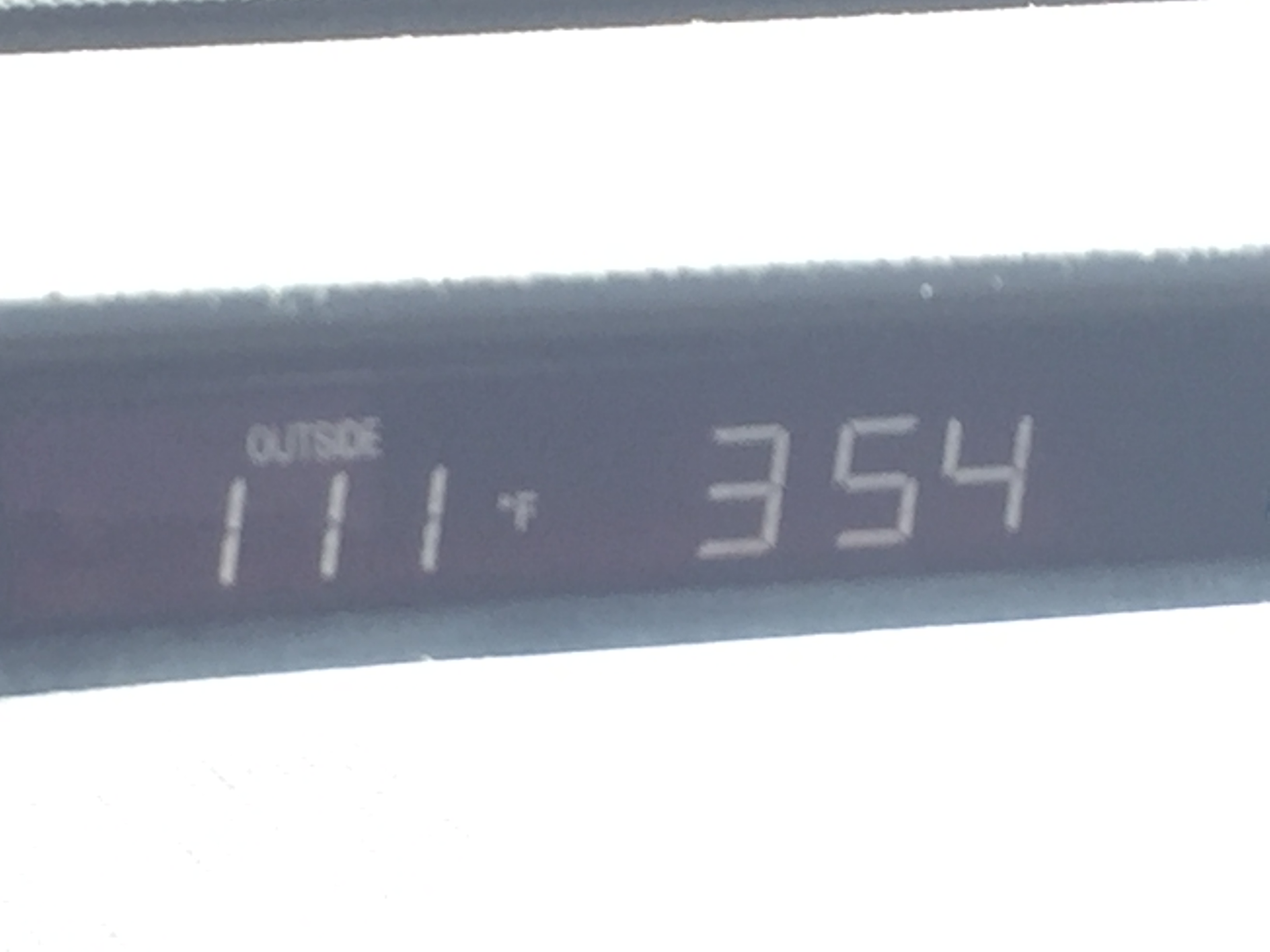 It’s no joke, when the temperatures reach 100+ degrees, plants get stressed, in fact we all get a little bit unnerved and immediately search for shade and water. Some of us even retreat to our air-conditioned homes, taking our four-legged friends with us, but what about the plants outside, and your carefully planted garden, what are they supposed to do in the sweltering heat?
It’s no joke, when the temperatures reach 100+ degrees, plants get stressed, in fact we all get a little bit unnerved and immediately search for shade and water. Some of us even retreat to our air-conditioned homes, taking our four-legged friends with us, but what about the plants outside, and your carefully planted garden, what are they supposed to do in the sweltering heat?
 1 Change your watering schedule. Just because you are thirsty when the sun is high, it doesn’t mean your plants are. There is a greater potential to burn your plants by watering them midday, switch to a night time or very early morning watering instead. As long as the soil is slowly soaked, your plants will have the available water that they need to survive. Do the same with your container plants as well and make sure they have a well-draining soil.
1 Change your watering schedule. Just because you are thirsty when the sun is high, it doesn’t mean your plants are. There is a greater potential to burn your plants by watering them midday, switch to a night time or very early morning watering instead. As long as the soil is slowly soaked, your plants will have the available water that they need to survive. Do the same with your container plants as well and make sure they have a well-draining soil.
 2 Mulch, mulch, mulch. Adding an extra layer of mulch helps hold in moisture, as well as preventing unwanted greens from emerging. A layer of thick mulch also offers a blanket of protection by keeping the roots of your plants cooler, a few inches further from the blazing sun.
2 Mulch, mulch, mulch. Adding an extra layer of mulch helps hold in moisture, as well as preventing unwanted greens from emerging. A layer of thick mulch also offers a blanket of protection by keeping the roots of your plants cooler, a few inches further from the blazing sun.

3 Heat stress happens. Beyond a certain stage, there is no humanly possible way to prevent scorched plants, so don’t blame yourself if they become a bit wilted, and don brown leaf tips. Even corn will “whistle” in the highest heat, but come night and cooler air temperatures, plants will have a chance to relax.
If you live in an area with hot and dry summers, it is well worth investing in a landscape full of drought-tolerant plants. And if you are an avid gardener, a drip irrigation system will come in handy, as spot watering is priceless.
One additional advice: never fertilize your plants, or your lawn, that are stressed from drought conditions. It may either do damage, or simply wash away the next time it rains.





